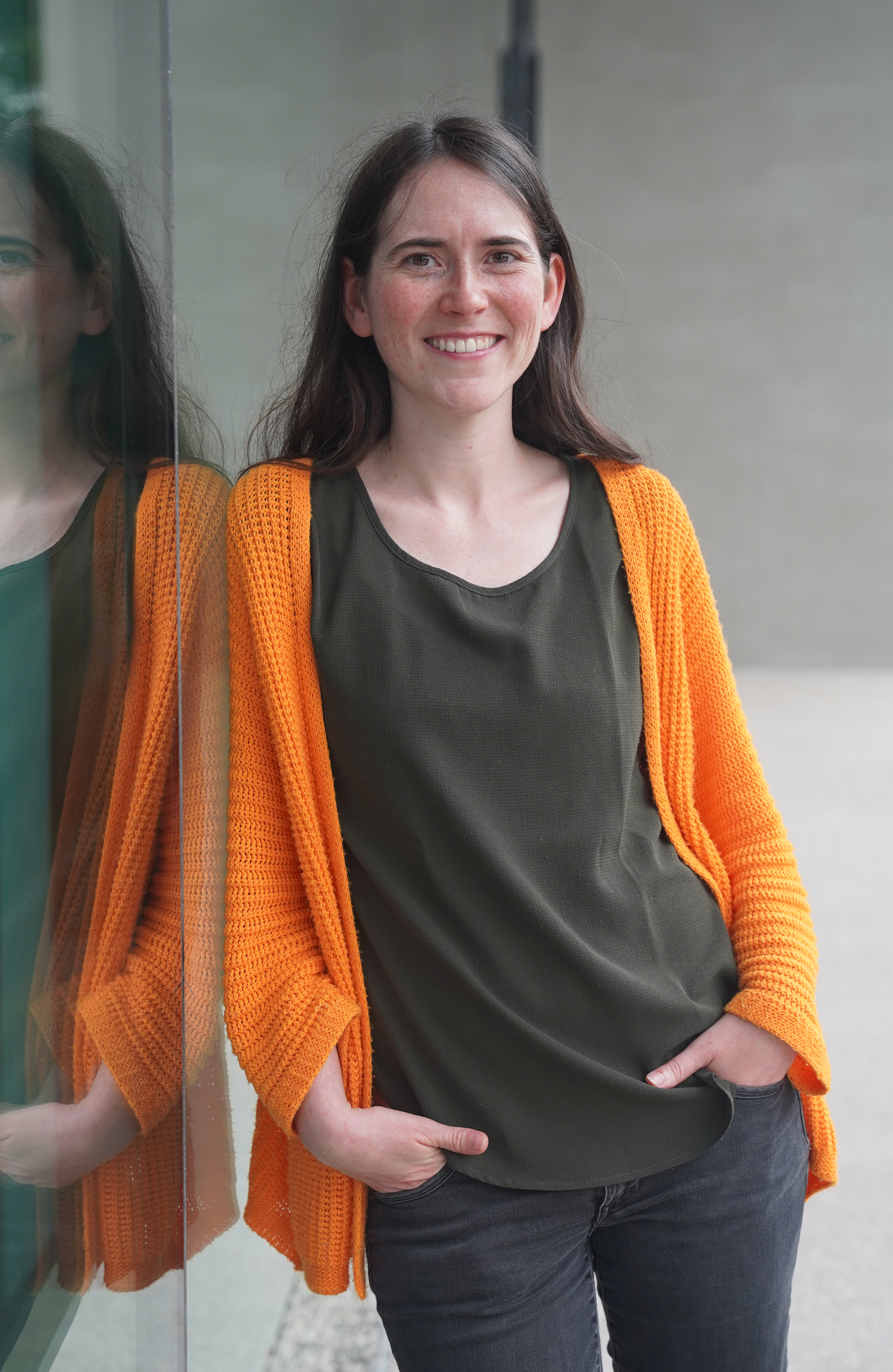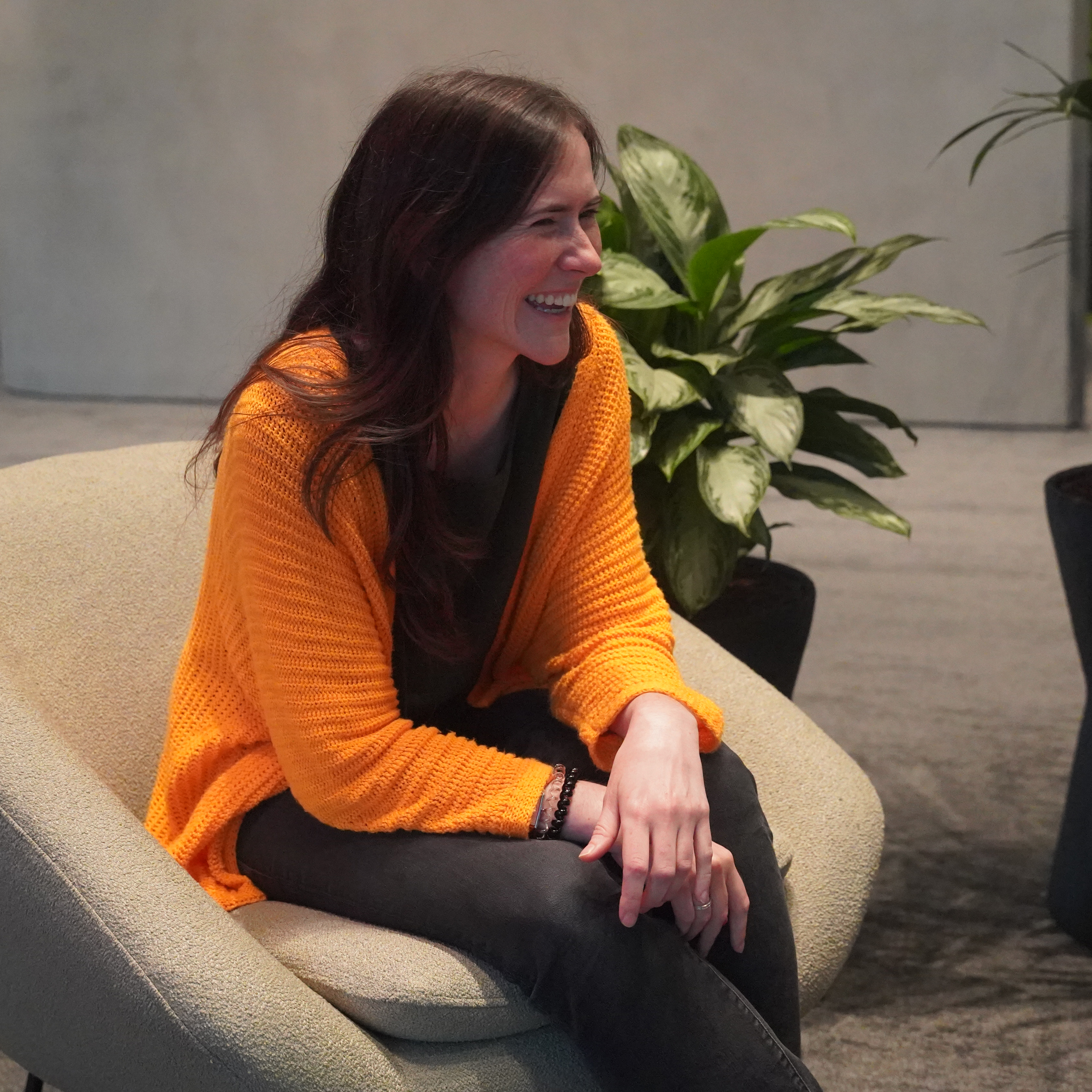Sustainability is not just about strategy. You also need people who make it work.

In sustainability discussions, it’s important to distinguish fact from fiction. The Life Cycle Assessment (LCA) is one of the most vital instruments to do just that. Group Sustainability Manager Femke Faelens talks us through the challenges of implementing LCAs.
Femke Faelens
- Born in Torhout, Belgium in 1991
- Group Sustainability Manager at Beaulieu International Group
- Key player in B.I.G.’s sustainability journey, laying the groundworks even before a sustainability department was set up
- Enjoys trying new recipes, fine dining and exploring new worlds through RPG gaming
Analysing the impact of products on the world around us through LCAs is one of the main tasks of Femke Faelens and her team. In addition, Femke also helps B.I.G. to meet the requirements of Europe’s new Corporate Sustainability Reporting Directive (CSRD). And she helps to raise awareness inside the company walls with the intention to build a true sustainability culture.
In order to do sustainable business, LCAs seem to have become indispensable. Can you explain why they are so essential?
The LCA is a tool to evaluate the environmental impact of a product or process over its life cycle, which includes raw materials extraction, manufacturing, transportation, usage and maintenance, and waste management. It’s an essential tool to compare products in a transparent and quantifiable way. Compare it to choosing different so-called green products from your local shop. You may be looking at so many different products with different sustainability labels, that it’s hard to compare them. The LCA is a tool that enables you to compare these products objectively, but then for products and services throughout the value chain.
Is every supplier fully aware of the importance of an LCA?
More and more companies are. They know that we want it, but it’s also increasingly a legislative requirement. But we try to be pragmatic about it. For some of our suppliers, implementing LCAs is a heavy and costly exercise, so it’s not unusual that they are struggling with it. On the other hand, we try to motivate our suppliers to provide correct LCAs. We explain that it’s part of our sustainability strategy and that we cannot reduce our impact alone. It’s something we need to do with our partners and suppliers.
“There’s still much room for innovation with end-of-life management.”
Yarn manufacturers must feel the need for sustainable solutions from the carpet industry as well, right?
Yes, the market demands sustainable solutions, although it varies from one market segment to another. For the residential market – solutions that go directly to the consumer – the demand is still lagging. There, price is still an important driver.
For the commercial flooring market however, we see more demand. Public tenders are more stringent when it comes to reducing carbon emissions. Also in the automotive market for example, there’s a higher need for recycled plastics driven by legislation. Fortunately, B.I.G. Yarns customers have different
sustainable options to meet these requirements nowadays.
For the production of yarns, polyamide 6 (PA6) is the most important raw material. Does PA6 lend itself to creating sustainable solutions?
Manufacturing PA6 is quite energy-intensive. Maybe a bit contradictory, but this means that there’s still much opportunity to make a difference, for example by adapting our energy consumption and energy mix.
From a chemistry standpoint, PA6 is a material that relatively easily breaks up into its original building blocks. This means that it can be chemically recycled. You can compare PA6 to a pearl string, with separate pearls that can easily be strung together. This is in contrast to polypropylene for example, which is more like a spaghetti that is hard to untangle. And once cut up, it’s impossible to put it back together.
“Sustainability is not just about strategy. You also need people who make it work.”
In which areas do you still see the most room for innovation?
The biggest room for improvement I think is managing the end of life of our products. Our economy is still mainly linear. We need to make it circular and close that loop. We need to think about how we are going to collect our waste. And once we have tackled that, we need to know how we are going to separate our collected materials. And last but not least, how are we going to process these separated materials into new raw materials? We still have a lot to think about.
But it’s more than a technology story. Maybe we need to look into other business models, like servitization, as well. (Editor’s note: This is a model where the customer pays for a service, while the ownership of the product remains with the provider, who is responsible for all operational costs.) It might be a way to reduce our resource consumption and to disconnect profit from the actual number of units we produce.

You have been working in the field of sustainability for many years now. What are some of the most valuable lessons you have learned along the way?
That we should not focus exclusively on technology or strategy. Sustainability is also about internal organisation, about people. It’s not just a strategic direction that has been laid down by management. You also need ambassadors who help to make that strategy a reality, from the bottom up. You need people who believe in it and who can make it work. So, it’s a combination of strategic vision and people.
I also like to point out that sustainability is about more than environmentalism. There’s a social aspect to sustainability that tends to be overlooked. It’s about how you operate in society as an organisation, how you treat people, how you help them grow, and how you give them a safe place to work.